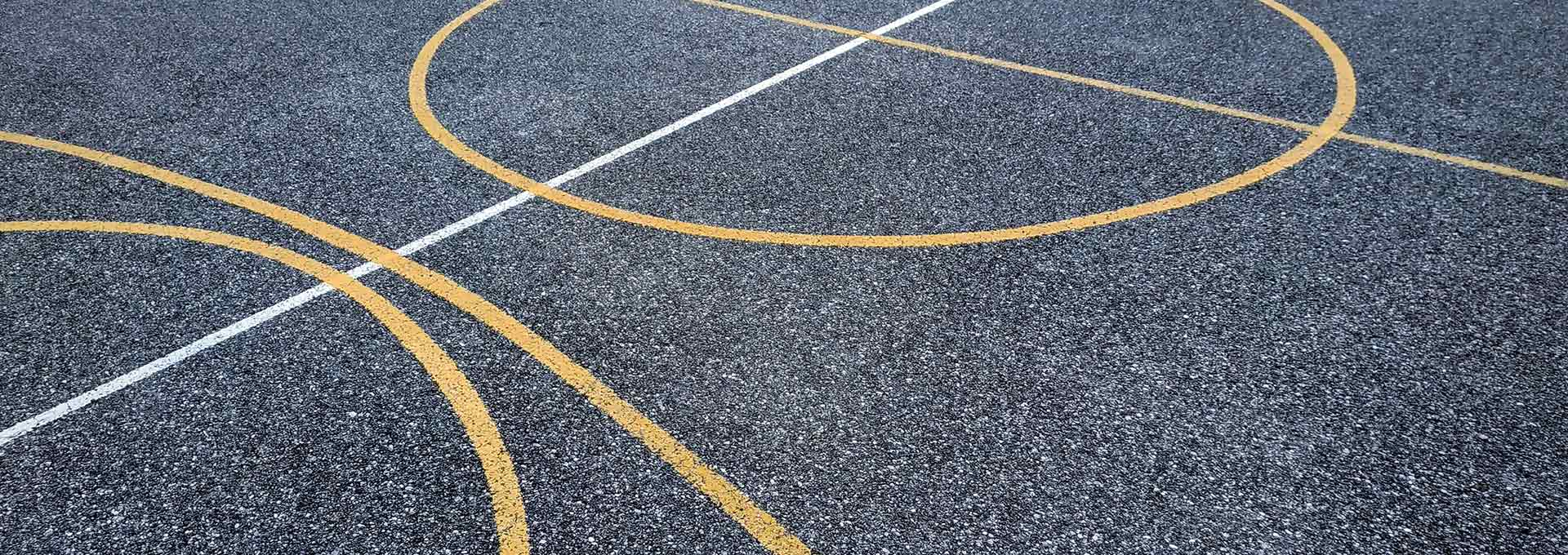
Resources
Seed Grant Awardee: Kenan Song
Kenan Song | School of Engineering
The pelvic organ prolapse (POP) is a hot topic in women’s health but rarely discussed within the sport.1 POP is a disorder in which one or more pelvic organs drop from their normal position. It is caused by injury to the muscles or tissues that support the pelvic organs. The leading cause of this injury is pregnancy and childbirth, especially vaginal childbirth (i.e., 75% of mothers).2 However, similar pelvic floor dysfunction (PFD) also occurs in those who have never given birth (i.e., 12.5-80% of nulliparous athletes).3 Sportswomen with PFD generally suffer from stress urinary incontinence (SUI), the involuntary leakage of urine resulting from increased intra- abdominal pressure (IAP). Athletes are at greater risk of SUI due to their continued exposure to increases in IAP throughout the training. General exercises, such as jumping, landing, weight lifting, holding deep breaths, or even coughing, exert different deformations upon the pelvic floor, especially for females and some transgender sportspersons, putting this athletic population at higher risk for POP.4
I propose in this GSI project to use regenerative medicine as an effective and highly customizable treatment for POP. My project will focus on the material selection, design of cellular structures, and characterizations of personalized tissue scaffolds. Problems with current PP mesh and PS mesh for temporarily holding organs will be their unmatched stiffness and a lack of biocompatibility. For example, PP, as the most frequently used scaffolds to treat POP, has been criticized for causing pain and erosion into adjacent structures, with the FDA warning issued and an un-classification of meshes from class II to III devices. Therefore, this project aims to use biocompatible and biodegradable polymers for tissue engineering as a replacement for current PP scaffolds. Additive manufacturing from our lab will provide a powerful tool for customizing scaffolds for athletes with different physical conditions, including the sizes, stiffness, biodegradability speeds, and drug release rates. Our design of the scaffold morphologies and microstructures is critical in tuning the mechanical, thermal, and biological properties of these scaffolds. I also propose to work with doctors from Mayo Clinic (already built collaborations) on the in-vivo tests to understand the tissue scaffold performance and possibly clinical studies beyond the period of this proposed project. The rapid prototyping of these tissue scaffolds will lighten pressure on the pelvic floor and enable high-efficient training and performance on the sports field.
Last updated April 2021.